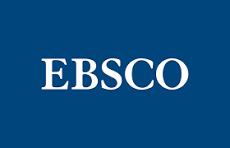The first aim of this study is to determine some macroeconomic trends and to reveal the pillars of the policy design by using selected indicators related to the 2000s in the transformation of the Turkish economy. The second aim of the study is to reveal the change in the model of development finance in order to explain the current policy design. Today, a policy is implemented which aims to close the interest rate-exchange rate gap in financing development. In this study, the consequences of choosing and abandoning such a policy are examined without an econometric analysis. In the study, inferences were made using trend lines and decomposition method of output. In addition, the concept of interest-exchange rate gap in financing development is explained through a numerical example, and the problems that a policy aiming to close the interest-exchange rate gap will face are discussed. In addition, based on the inferences made here, the dual-gap hypothesis has been explained through a numerical example and its connection to the subject has been established. According to the results of the study, although the direction of the causality is arguable, it is possible to claim that there is an inverse relationship between inflation and growth rate of gross domestic product. According to the results of the decomposition of the gross domestic product into its components, although there are sectors in which the trends in the contribution of the sectors to growth are similar, different trends of some sectors draw attention. Another result of the study points out the role of net exports and net factor incomes in reducing the private sector savings-investment gap and the public sector savings-investment gap, and the necessity of export-led growth.
Cite this article as: Mert, M. (2022). Selected trends during the transformation of the Turkish economy in the 2000s. Journal of Business Administration and Social Studies, 6(2), 46-61.

.png)




